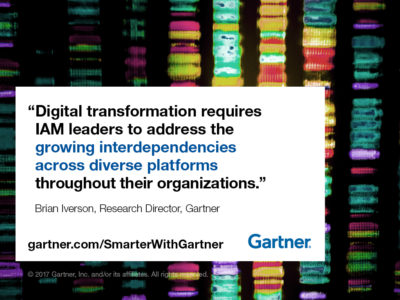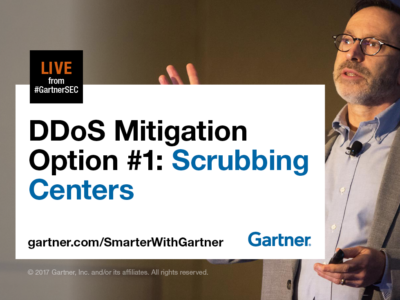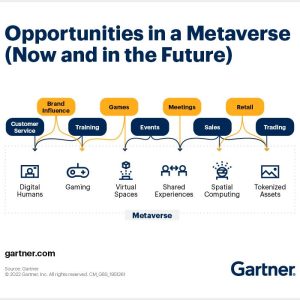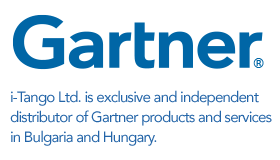IT leaders should consider these best practices to guide cloud adoption.
Contributor: Elizabeth Dunlea
So you need a strategy for moving to the cloud. Where do you start? How do you prioritize and measure success? Follow these three best practices to get on the right path.
1. Adopt an outcome perspective
Buyer’s remorse is not something an organization can afford when adopting a cloud service, said Daryl Plummer, VP and Gartner Fellow. As you would buy any other expensive product or service, start with research. What do you want out of it? How will you measure the impact and ROI?
Start small. The key is not to think about it as installing a set of technologies, but instead adopt a cloud service from an outcome perspective. By tackling one service at a time, it’s easier to measure what worked and what didn’t. Did it reduce the cost? Does it perform to expectations? This is where best practices are drawn for future deployments.
What can and cannot be moved to the cloud? Moving an application to the cloud without making any changes defeats the purpose. At an IaaS level, evaluate things like data volume and privacy, licensing structure and bandwidth costs to determine if the application will work well in a cloud environment:
2. Define your guiding principles for cloud adoption
While these will change across organizations, there are guiding principles to help define how to acquire cloud services:
Decentralized/independent service acquisition
Quick Overview: Business units pay service provider directly
Disadvantages: Minimal visibility across business units; lack of exit plan; no synergies in contract management and service efficiency
Advantages: Business units are more satisfied with the outcome; distributed budget
Tip: Request the business unit buy one extra subscription for the IT department to avoid being completely detached
Central review, distributed cloud service acquisition
Overview: Business units must submit a proposal or statement of intent to a central team
Disadvantages: Slows the process down; reduces agility
Advantages: Prevents proliferation of similar applications and thus avoiding integration problems; more visibility in business unit’s interest and need
Tip: Keep the business unit’s needs in mind when preparing help desk operational support
Centralized cloud service acquisition
Overview: Central cloud service procurement function
Advantages: Unifies cloud efforts
Disadvantages: Often leads to unsatisfied business units; too much is purchased but not used
Tip: Start small, monitor use and expand the service as needed
3. Determine your measures of success
Once your outcomes and principles are defined, determine success measures. While they vary across organizations, the most common are:
Cost savings: While the most common goal, it’s not always successful. Track the current costs to create a basis for comparison.
Efficiency/agility: Whether you’re reporting on the number of servers, number of VMs or turnaround time on service changes, make sure it’s tracked.
Responding to demands: Maybe moving to the cloud wasn’t your first choice. Find a way, based on leadership guidance, to make a use case for cloud adoption (or, make up one of your own if necessary). Doing this will help you make a case for not pursing the cloud in the future.
Next steps:
View the webinar, Hype Cycle for Cloud Computing, 2015.
Gartner clients can get more tips and other helpful information on account management and negotiation, exit strategies, and disaster recovery options in the full research report, A Three-Part Approach to Jump-Start Your Cloud Strategy by Daryl C. Plummer, David Mitchell Smith, and Claudio Da Rold.
For more articles on Cloud Computing, visit Smarter With Gartner website.










